This article is a repost with corrections to some errors mentioned by everyone, adding aliases, original plant images, etc.! If you find it useful, feel free to share it with other classmates. For those who want to see previous content, there is a person icon in the upper right corner of the WeChat dialogue box with the medicine circle, click it to view historical messages! The article is based on the practical pharmacist textbook, the Chinese Pharmacopoeia (2015 edition), “Identification of Common Chinese Medicinal Herbs” and the Chinese Medicinal Material Image Database of Hong Kong Baptist University and other online resources! Below is the content shared today:
Cang Zhu (Atractylodes Rhizoma) source
This product is the dried rhizome of the Asteraceae plant, Atractylodes lancea (Thunb.) DC. or Atractylodes chinensis (DC.) Koidz.
Related names
Xian Zhu, Mao Zhu, Chi Zhu, Mao Cang Zhu, Guan Cang Zhu, Bei Cang Zhu, Gan Cang Zhu, Jiao Cang Zhu.
Images
Source textbook
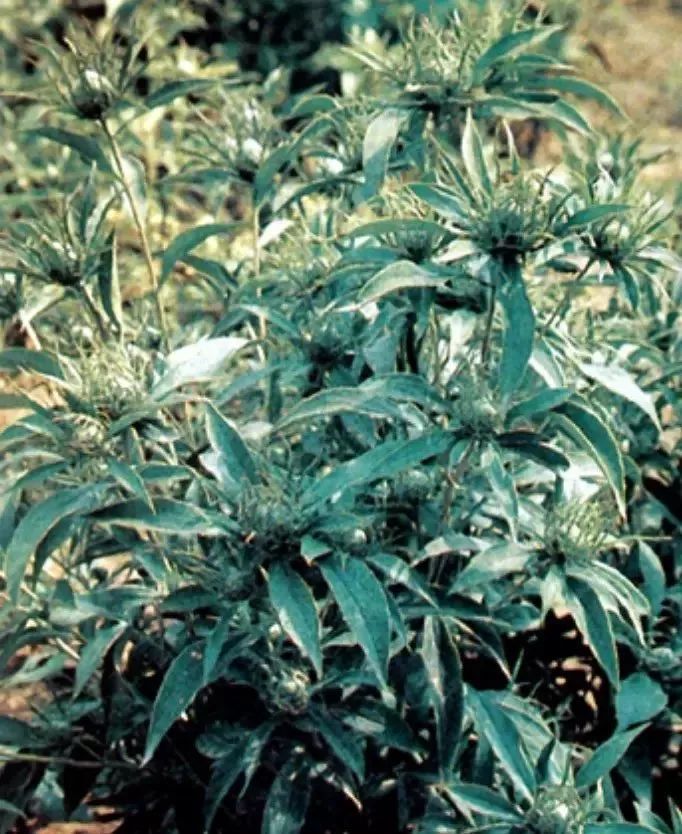
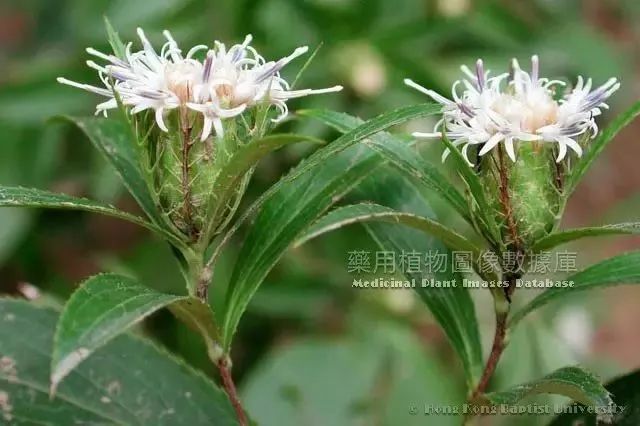
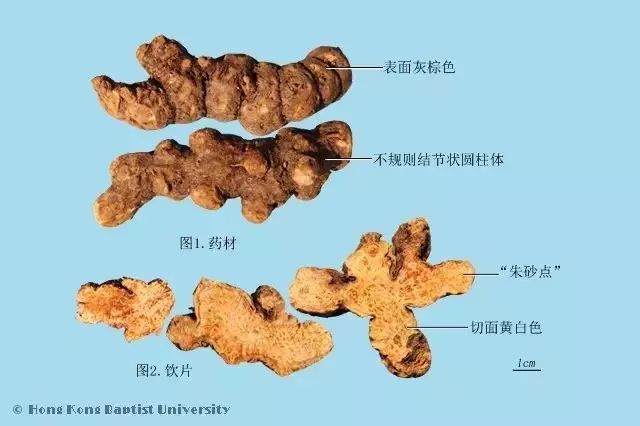
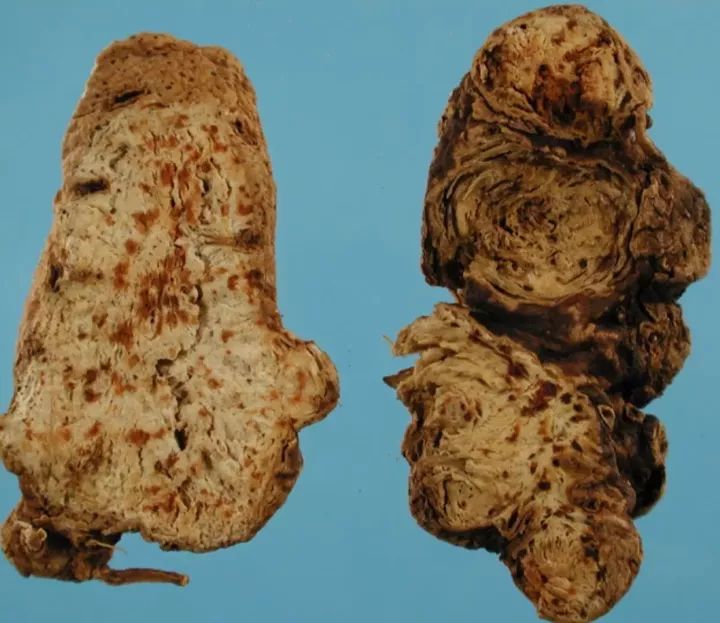
Origin
Mao Cang Zhu is mainly produced in Jiangsu, Hubei, and Henan provinces. Bei Cang Zhu is mainly produced in North and Northwest China.
Harvesting and processing
Harvest in spring and autumn, remove sand and mud, dry, and remove the fibrous roots.
Identification
Mao Cang Zhu
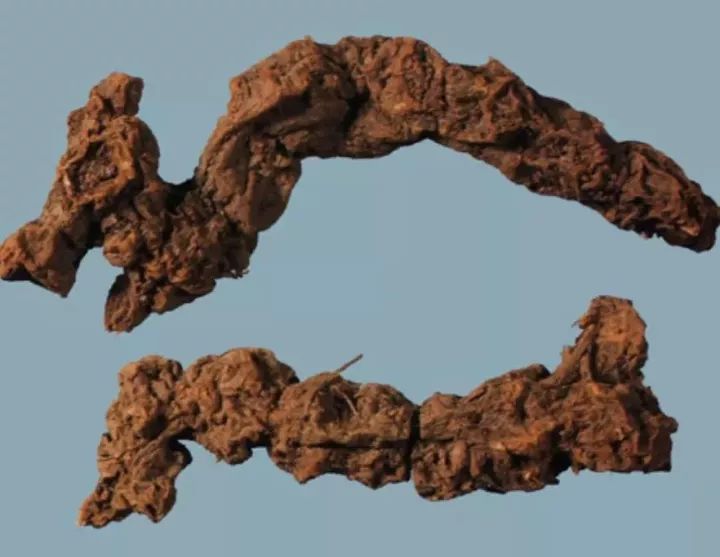
It is irregularly bead-like or nodule-shaped cylindrical, slightly curved, occasionally branched, 3-10 cm long, and 1-2 cm in diameter. The surface is gray-brown, with wrinkles, transverse grooves, and residual fibrous roots, the top has stem scars or residual stem bases. The texture is solid, the cross-section is yellow-white or gray-white, with numerous orange-yellow or brown-red oil chambers, which can produce white needle-like crystals when exposed for a while. It has a unique fragrant aroma, with a slightly sweet, spicy, and bitter taste.
Bei Cang Zhu
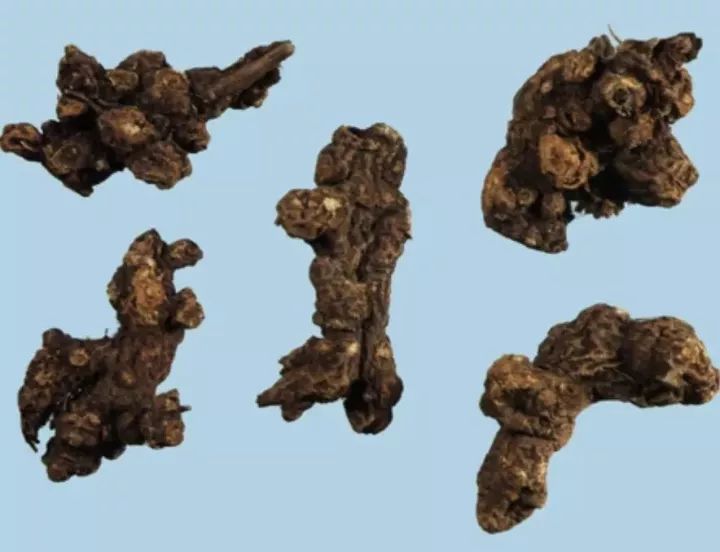
It is in a lump or nodule-shaped cylindrical form, 4-9 cm long, and 1-2 cm in diameter. The surface is black-brown, and the inner color is yellow-brown after removing the outer skin. The texture is relatively loose, with yellow-brown oil chambers in the cross-section. The aroma is milder, with a spicy and bitter taste.
Fried Cang Zhu
It resembles Cang Zhu slices, with a deep yellow surface and numerous brown oil chambers. It has a roasted aroma.
Properties and channels
Spicy, bitter, warm. Enters the Spleen and Stomach meridians.
Characteristics
This product is spicy and warm, dispersing, bitter and drying, removing dampness, and enters the Spleen and Stomach meridians. It is both warming and drying, benefiting the Spleen, making it a key herb for treating damp obstruction in the middle Jiao, especially suitable for those with cold dampness obstructing the Spleen; it also disperses wind, cold, and dampness, alleviating pain and releasing the exterior, commonly used for wind-cold-damp bi syndrome and exterior syndromes with dampness.
Efficacy
Dries dampness, strengthens the Spleen, expels wind-dampness, induces sweating, and brightens the eyes.
Mnemonic
Memory: Scene: Movie “The Moonlight Treasure Box”:
1. Cang Zhu: Wind and dampness seek care;
2. Cang Zhu: Expels wind-dampness, dries dampness, strengthens the Spleen.
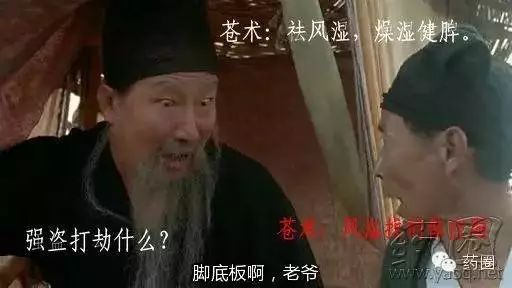
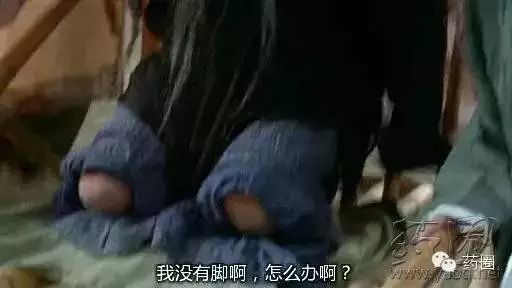
Indications
(1) Damp obstruction in the middle Jiao, phlegm fluid, edema.
(2) Wind-cold-damp bi syndrome, exterior syndrome with dampness.
(3) Excessive dampness causing beriberi, atrophy.
(4) Night blindness, blurred vision.
Compatibility
Cang Zhu combined with Hou Po and Chen Pi: Cang Zhu is warm in nature, functions to dry dampness and strengthen the Spleen; Hou Po is warm in nature, functions to dry dampness, move Qi, and eliminate accumulation; Chen Pi is warm in nature, functions to dry dampness, transform phlegm, and regulate the middle. The combination of these three herbs is strong in warming and drying dampness, and good at moving Qi, thus especially suitable for those with cold damp obstruction and Spleen-Stomach Qi stagnation.
Dosage and administration
Internal use: decoction, 3-10g; or in pills or powders. External use: appropriate amount, burned for fumigation. Frying reduces its drying properties.
Precautions
This product is spicy, bitter, warm, and drying, so it is contraindicated for those with Yin deficiency and internal heat, or Qi deficiency with excessive sweating.
Story 1
It is said that Li Shizhen discovered a tall and large Cang Zhu on the cliff of Maoshan, with an extraordinary fragrance, growing on a piece of crane beak stone, the stone protruding from the mountain like a crane, with a white neck and red crown. As Li Shizhen slowly approached the edge of the rock to gently dig up this herb, he suddenly heard a “clang” sound, and a small stone jumped up, landing perfectly on the red crown of the crane rock, causing seven drops of fresh red blood to drip down from the crown. Li Shizhen was astonished, and with a “bang” sound, the rock transformed into a crane that cried three times and flew into the sky. When Li Shizhen cut open the Cang Zhu, he found seven fresh red cinnabar dots inside. From then on, the Cang Zhu from Maoshan with cinnabar dots never faded, and its efficacy was far superior to that from other regions.
Story 2
There was a scholar returning home from the capital after an exam, who stopped by West Lake for a visit. On the way, he encountered a beautiful woman and, enamored, wished to spend a fortune to return with her, but she politely declined, and he could not fulfill his wish. Five years later, the scholar revisited the place and could not help but recall the beautiful figure of the woman, feeling lost. At that moment, he suddenly saw the familiar figure of the woman, and he was overjoyed, inviting her to enjoy the beautiful scenery of West Lake together. Afterward, they were reluctant to part and stayed together at an inn. After half a year, the scholar again proposed to return together, but the woman sadly revealed, “After you left, I fell ill from missing you too much, and now I am a ghost! We have been together day and night, and you have been deeply affected by the Yin energy, and when you return, you will surely suffer from severe diarrhea, so take Ping Wei San to resolve it!” The scholar was both shocked and regretful, and after a while, he asked, “Ping Wei San consists of ordinary and unremarkable herbs, how can it cure my condition?” The woman replied, “Among them is Cang Zhu, which can expel evil Qi!” After returning home, the scholar indeed suffered from persistent diarrhea and had to take Ping Wei San as instructed, and the diarrhea gradually stopped.
In ancient times, it was believed that wild miasma or epidemic evil Qi was closely related to “dampness,” and these evil Qi were also associated with ghostly tales, which is why such stories have been passed down.
Story 3
Xu Xueshi is the respectful title for Xu Shuwei, a renowned physician of the Song Dynasty. It is said that in his youth, Shuwei was exceptionally diligent, studying until late at night before going to bed. Xu Xueshi had a habit of drinking before bed, perhaps taking the folk saying “A sip of wine before bed can extend life to ninety-nine” to mean using wine for health! Years later, he often felt gurgling in his stomach, pain in his side, reduced appetite, and would vomit some bitter and sour gastric fluid every ten days or so. In summer, his left side would not sweat, while his right side would sweat. What kind of strange illness was this? Xu Shuwei fell into deep thought and sought treatment everywhere. However, despite seeking famous doctors, he found no relief, which caused him great distress. Therefore, Xu Xueshi abandoned the belief that “doctors do not treat themselves” and began to save himself. He carefully analyzed and studied his condition, believing that his illness was mainly caused by “dampness obstructing the stomach.” Thus, he selected Cang Zhu as the main herb, using 500g of Cang Zhu powder, 15 jujubes, and 25g of raw sesame oil to make small pills, insisting on taking 50 pills daily. He gradually increased the dosage, taking 100-200 pills daily. After several months of medication, his strange illness gradually improved until he was cured.
Why does Cang Zhu have such efficacy and such a unique therapeutic effect on Xu Shuwei’s strange illness? It turns out that Xu Shuwei loved to drink, which harmed his Spleen and Stomach. When the Spleen is deficient and unable to transport, water and dampness cannot be transformed, and the Spleen and Stomach are interrelated, leading to “dampness obstructing the stomach,” resulting in symptoms such as gurgling in the stomach, lack of sweating on the left side in summer, and vomiting gastric fluid.





